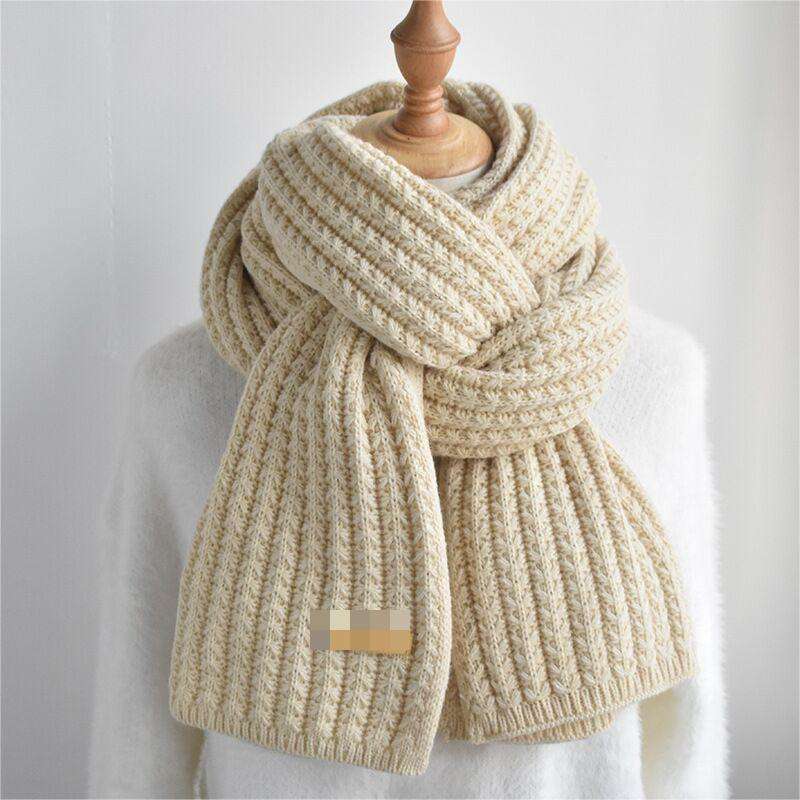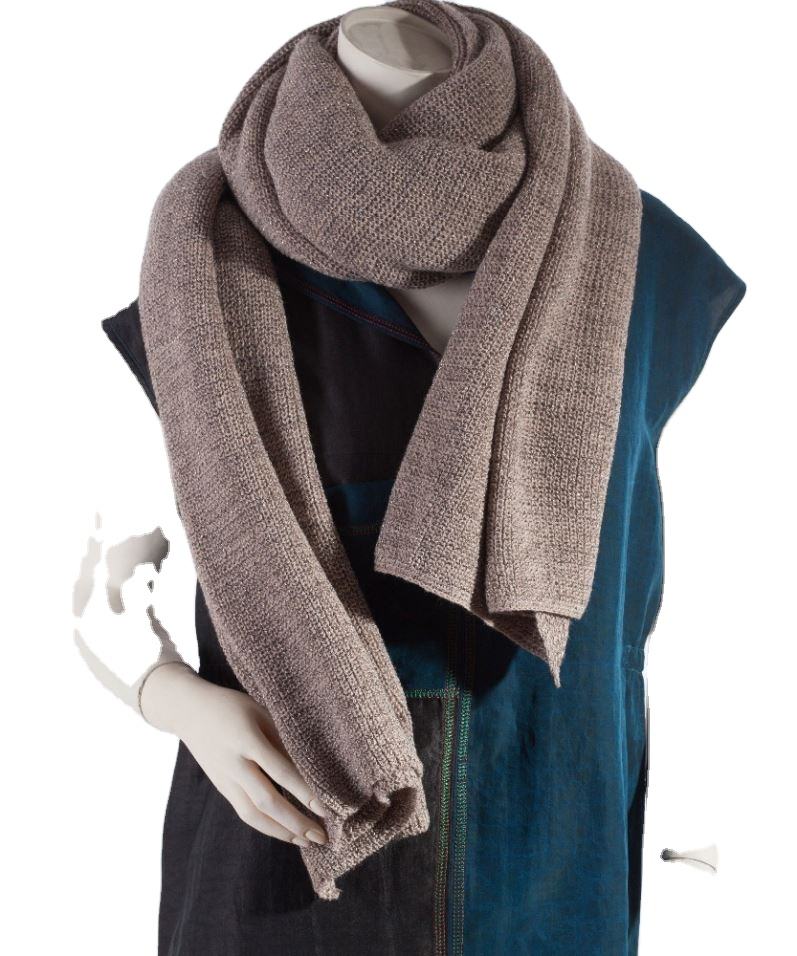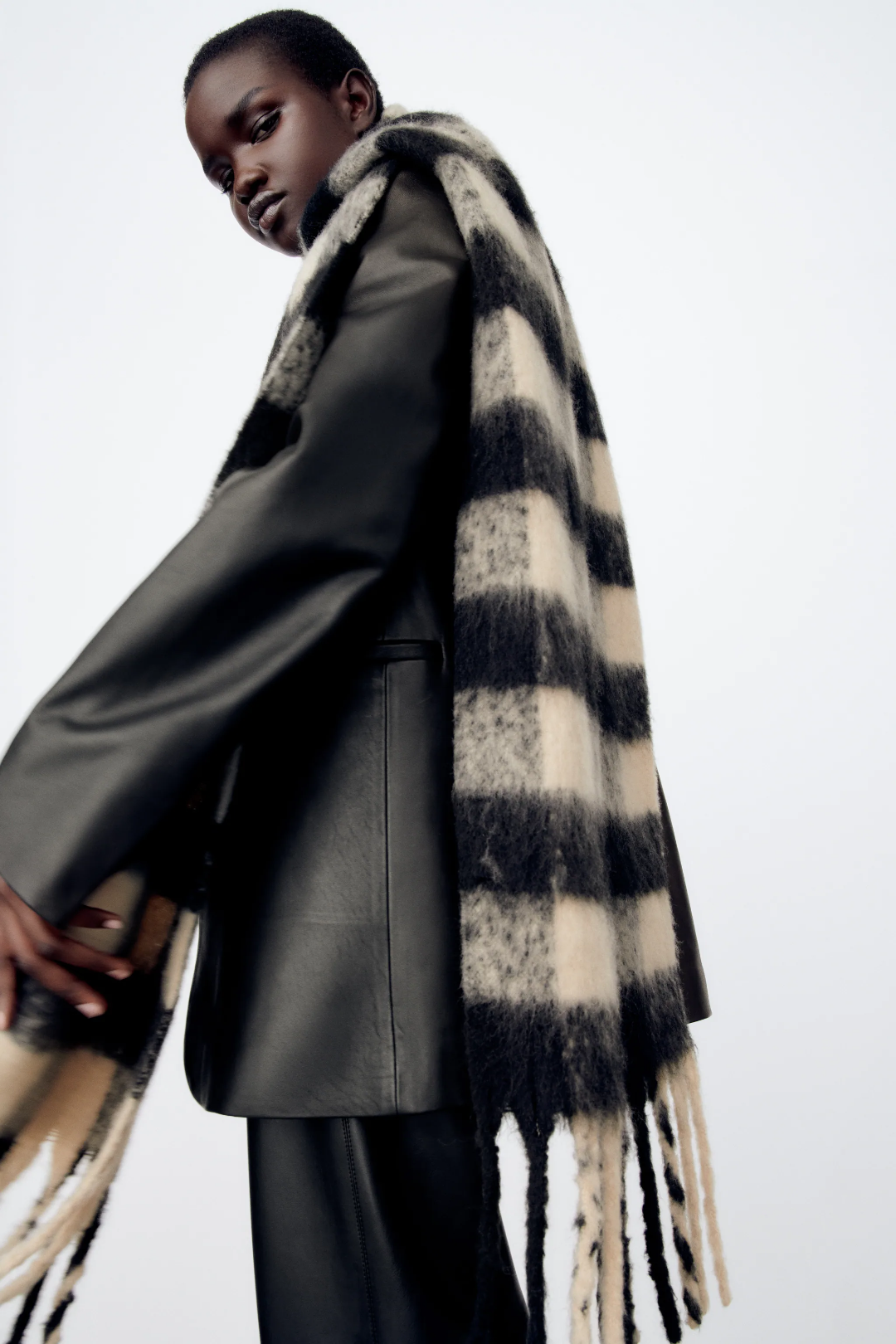Knitting Techniques for Winter Warmth: A Guide to Creating Your Own Scarf
This guide teaches you essential knitting techniques for creating your own scarf, providing you with the tools and knowledge necessary to create a warm and stylish addition to your wardrobe. From selecting the right yarn and needles, to mastering basic stitches and patterns, this guide has everything you need to get started. Through clear instructions and step-by-step tutorials, it teaches you how to create a scarf that is not only functional but also visually appealing. Whether you are a beginner or an experienced knitter, this guide will help you create a scarf that is perfect for the winter season.
In the colder months, there's nothing quite like wrapping up in a homemade scarf, crafted with love and care using traditional knitting techniques. Whether you're a seasoned knitter looking to refresh your skills or a beginner eager to learn, this guide will take you through the basics of scarf knitting, from selecting the right materials to mastering the essential stitches.
Materials and Tools
Before you start, make sure you have the right materials and tools. You will need:

Yarn: Choose a yarn that's both warm and soft, such as wool or acrylic. Consider the color and pattern that will complement your wardrobe.
Knitting needles: Select a set of needles in the size recommended by your yarn manufacturer. If you're new to knitting, start with a larger size to find your rhythm.
Scissors: For cutting yarn and finishing your project.
Tapestry needle: Used for weaving in loose ends and adding details to your scarf.
Set Up Your Workspace
Create a comfortable workspace that's well-lit and organized. You'll need plenty of space to spread out your yarn and needles, as well as a secure place to store your finished scarf while it's drying.
The Basics of Knitting
If you're new to knitting, it's essential to learn the basic stitches. Here are a few to get you started:
Cast on: This is the first step in any knitting project. It involves wrapping the yarn around the needle in a specific way to create the first stitch.

Knit stitch: The most basic of all knitting stitches, it's created by inserting the needle into the previous stitch, wrapping the yarn around it, and then pulling it through.
Purl stitch: The opposite of the knit stitch, it's created by inserting the needle into the front of the previous stitch and then wrapping and pulling it through.
Creating Your Own Scarf
Once you've mastered these basic stitches, you can start creating your own scarf. Here are a few patterns to get you started:
Simple scarf: Cast on your desired number of stitches and then knit every row until your scarf is the desired length.
Patterned scarf: Try alternating rows of knit and purl stitches to create a pattern, or use a combination of different patterns for added interest.
Fringed scarf: Add a fringe to the ends of your scarf by casting on extra yarn at the beginning and end of each row. Then, cut the extra yarn into even strands for a unique look.
Common Knitting Issues and Solutions
Dropped stitches: If a stitch comes loose, use a tapestry needle to carefully weave in the loose end.

Tension problems: If your scarf is too tight or loose, adjust your tension by either loosening or tightening your grip on the needle.
Color management: If using multi-colored yarn, plan out your color changes in advance to avoid sudden color shifts.
Finishing Your Scarf
Once you've completed your scarf, it's time to finish it off. Here are a few tips:
Weaving in ends: Use a tapestry needle to weave in any loose ends along the back of your scarf for a neat finish.
Blocking: This is an important step that involves stretching your scarf to its final shape and allowing it to dry. Use blocking wires or pins to help maintain the shape while it's drying.
Storage: Once your scarf is completely dry, store it flat in a dust-free environment until you're ready to wear it.
Knitting may seem like a daunting hobby, but with practice and patience, it can become a relaxing and rewarding experience. So get out your yarn and needles, find a comfortable spot, and start creating your own winter warmth today!
Articles related to the knowledge points of this article:
Title: Leading the Way in Financial Education: An Introduction to the Tie Financial Institute
Title: The Red Tie: ASymbol of Power, Authority, and Style
Title: The Art of Tying a Bow Tie: A Comprehensive Guide to Creating a Perfect Knot
Title: The Art of Tying a Scarf: Various Ways to Tie a Scarf
The rise of the faux two-piece down jacket
Title: Unveiling the Enigmatic Allure of Silk Scarves: A Journey through Timeless Beauty



